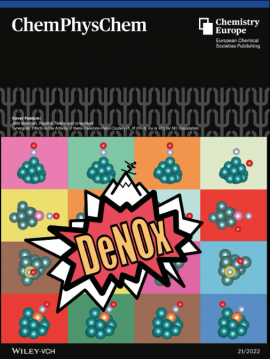Total Revalorization of High Impact Polystyrene (HIPS): Enhancing Styrene Recovery and Upcycling of the Rubber Phase
Abstract
High impact polystyrene (HIPS) is a two-phase polymeric material that consists of a free polystyrene (PS) matrix and rubber particles. HIPS occupies a substantial portion of the plastic wastes. Even though HIPS waste could potentially be employed as an efficient feedstock for the recovery of the styrene monomer via pyrolysis, several challenges must be overcome first, like the low styrene yield (< 50%) and the generation of char due to the presence of rubber. To tackle these challenges, a green fractionation process using ethyl acetate (EtOAc) as an efficient solvent to separate rubber from the free PS matrix in HIPS is envisioned, which is carried out under mild conditions. The subsequent pyrolysis of the fractionated sample at 300 °C led to a 20% increase in styrene selectivity compared to the pyrolysis of untreated HIPS. Moreover, the revalorization of the rubber particles was accomplished by ethenolysis metathesis, in which after 4 h at 100 °C, polybutadiene was split to produce 1,5-hexadiene as a major product (60% yield) and isolated PS, which was further thermally degraded, achieving a styrene selectivity of 70%.


 Open Access version available at
Open Access version available at 